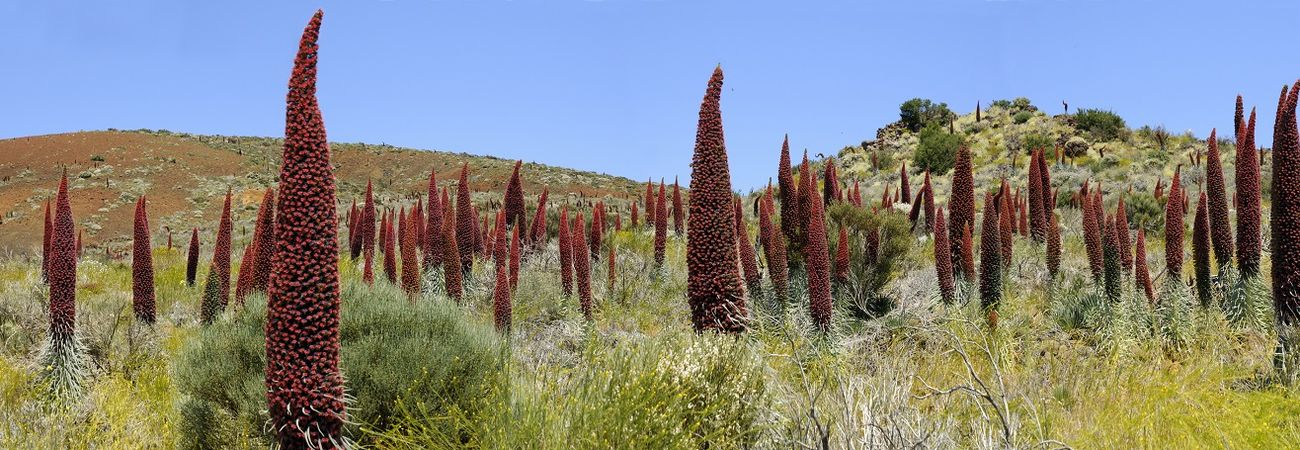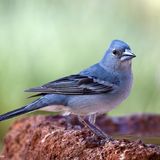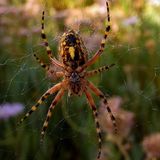Fauna
Vertebrate Fauna
The vertebrate fauna of the Mt. Teide National Park is limited and far from striking. The total inventory for the Park barely numbers 30 species, although some of these are endemic to the Canary Islands, either as species (3) or as sub-species (13).
REPTILES
There are three endemic reptile species in the Park: a lizard, a gecko and a skink. The Canary Island Lizard (Gallotia galloti galloti) is perhaps the most emblematic animal of the Park. Males can grow to a length of over 30 cm and they have striking violet blue gills on either side of the neck. They feed on the invertebrates of the Park and they, in turn, form part of the diet of many of the birds that fly over the Park.
The Canary Island wall gecko (Tarentola delalandii), a gecko that is endemic to Tenerife and La Palma, and the Canary Island skink (Chalcides viridanus viridanus) are relatively rare in the Park.
BIRDS
The inventory of birds in the Park numbers some twenty species, but only half of these nest in the Park. The most frequent of these are:
The great grey shrike (Lanius excubitor); the blue tit (Parus caeruleus teneriffae); the chiffchaff (Phylloscopus collybita); the plain swift (Apus unicolor unicolor); the long eared owl (Asio otus canariensis); the barbary partridge and the rock dove.
MAMMALS
The five species of bats are the only native mammals of the Park. The Canary Island long eared bat (Plecotus teneriffae) is endemic to the Canary Island, while the Madeira Pipistrelle (Pipistrellus maderensis) is endemic to Madeira and Canaries. Leisler´s bat (Nyctalus leisleri) is the most frequent species.
The remaining mammal species have all been introduced: the mouflon, rabbit, the house mouse, the black rat, the feral cat and the Algerian hedgehog The Corsica mouflon (Ovis musimon) was brought to the island for hunting in 1970. The current mouflon population in the Park is estimated at around 500 specimens.
Invertebrate Fauna
In contrast to the poor vertebrate biodiversity, there is an enormous wealth of invertebrate species, in particular insect species, with over 700 species – most of which are endemic and of great scientific interest.
The groups with the most species are spiders, beetles, dipterans, hemipterans and himenopterae. In all these groups, there is a large percentage of endemic species, giving an overall rate of endemic species of over 40%, including 70 species that are found only in the National Park.
The exuberant blossoming of many plant species in spring attracts swarms of flower feeding insects, including bugs, beetles, butterflies, wasps, etc. The flowers also attract large numbers of predator arthropods, including several spider species.
One of the commonest species in spring and summer is the honey bee, Apis mellifera, when bee-keepers take their hives up to the El Portillo area, attracted by the excellent quality of the honey obtained from the broom flowers.









